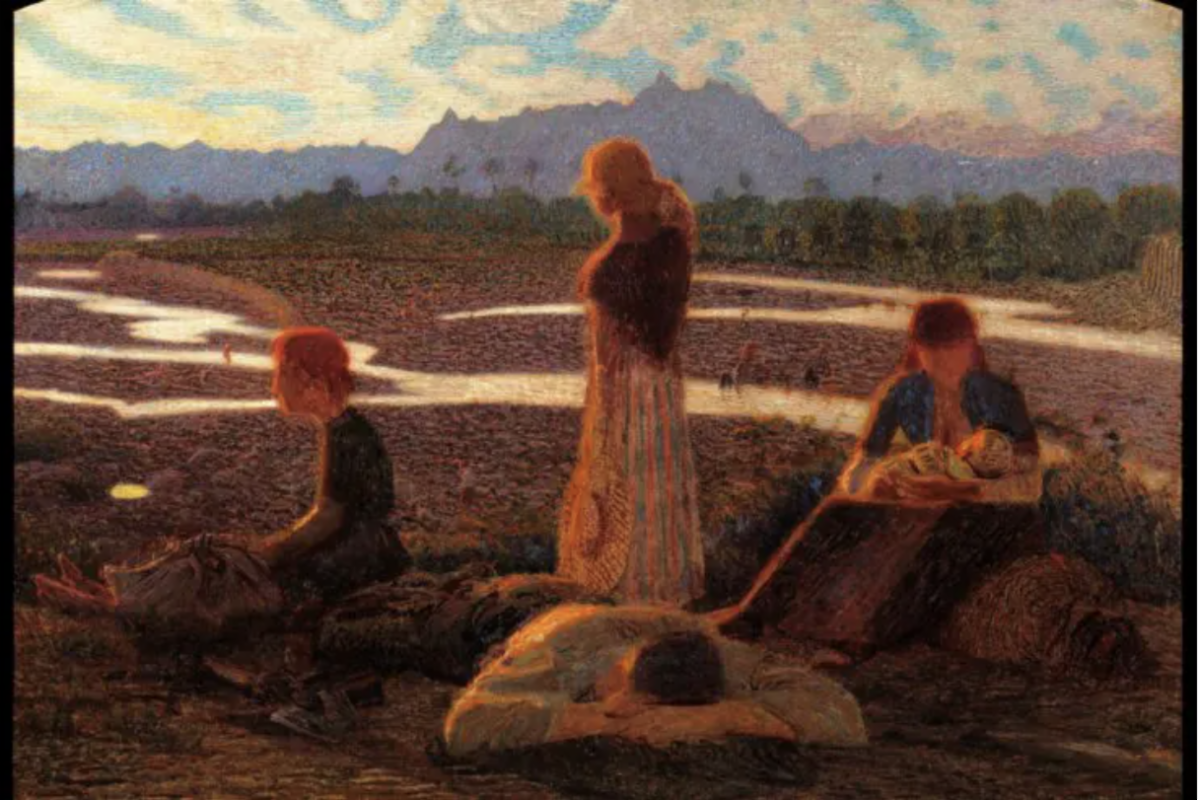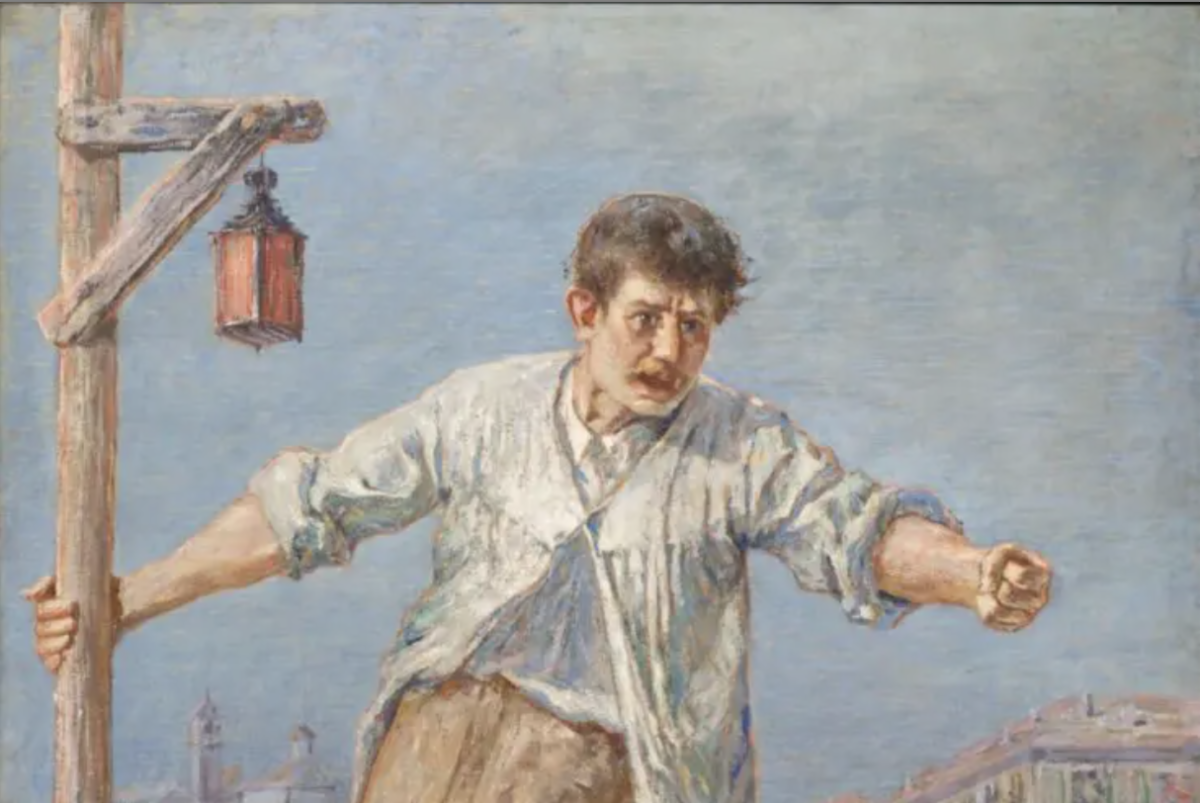|
November 30, 2021 — For its 2022 season, the Center for Italian Modern Art (CIMA) will present Staging Injustice. Italian Art, 1880-1917, a group show exploring Italian painting and sculpture in the decades between 1880 and 1917 — the most dramatic year of World War I. In light of widespread social tensions, economic difficulties, and inequalities prevalent in the United States in 2020-21, CIMA looked to explore cultural conversations by making historical connections to a period of similar social upheaval in Italy more than a century ago — one powerfully reflected in the country’s fin-de-siècle art.
Staging Injustice is organized around four themes that marked the realities of its artists—migration, labor, protest, and social injustice—topics that resonate to this day in Italy, the United States, and many nations worldwide. Shedding light on a period of Italy’s social and artistic history rarely examined abroad, the exhibition underscores how modern artists have eternally been among the strongest voices against oppression. Staging Injustice is on view from January 25 to June 18, 2022.
Featuring around 20 artworks from Italian museums and first-rate private collections, and together with a selection of photographs and images from press at the time, Staging Injustice is curated by Giovanna Ginex, an independent art curator and historian based in Milan. Ginex specializes in different aspects of 19th and 20th century art across painting, sculpture, photography, and design, and is a frequent collaborator with institutions in Italy and abroad.
Artworks by the fifteen artists of Staging Injustice including Giacomo Balla, Antonio Mancini, Angelo Morbelli, Giuseppe Pellizza and Medardo Rosso, offer a cross-section of the most advanced Italian artistic production of the time. The exhibition includes heterogenous perspectives, styles, and formal languages, which reflect the artists’ diverse backgrounds in terms of location, training, and their varied alignment with the tastes of the era. The exhibition will also become a dialogue between artists who came from different areas of the country and were educated in different academic contexts. Most of the artists’ work have never been exhibited in the United States including Ambrogio Alciati, Adriana Bisi Fabbri, Antonio Carminati, Achille D'Orsi, Raffaello Gambogi, Giuseppe Mentessi, Luigi Nono.
|


